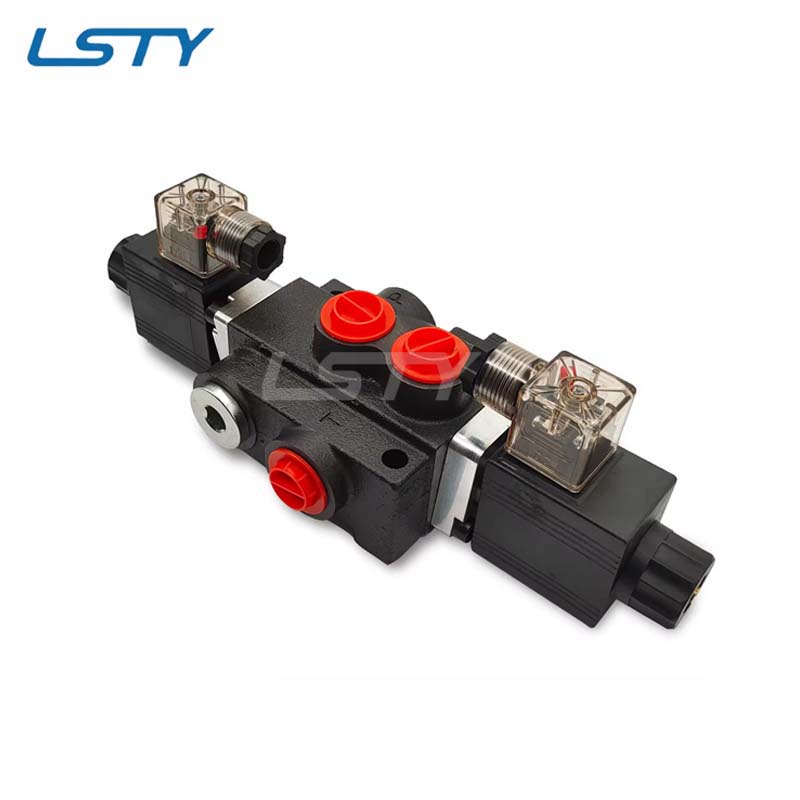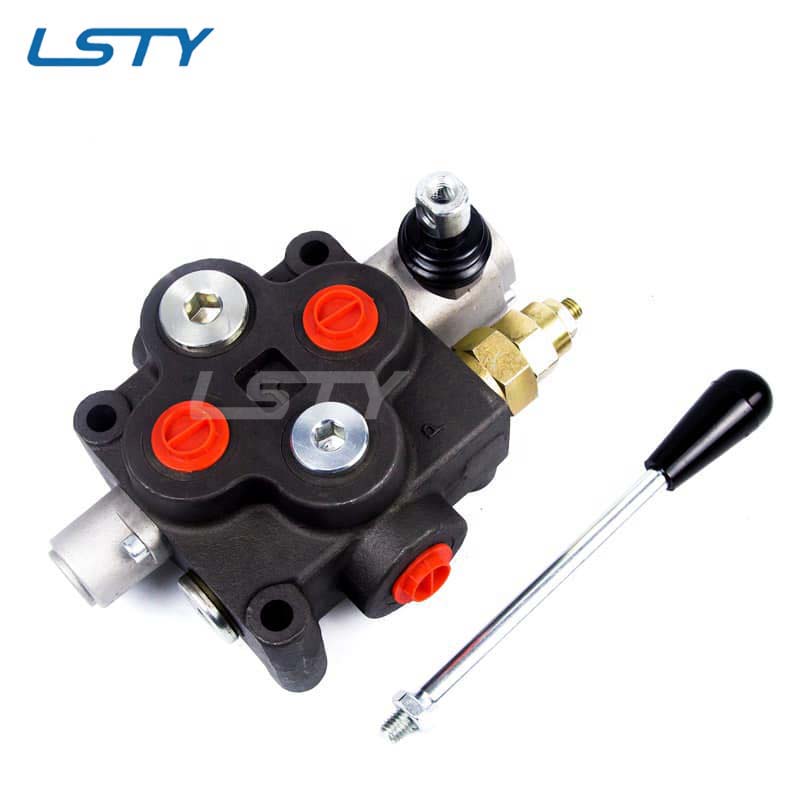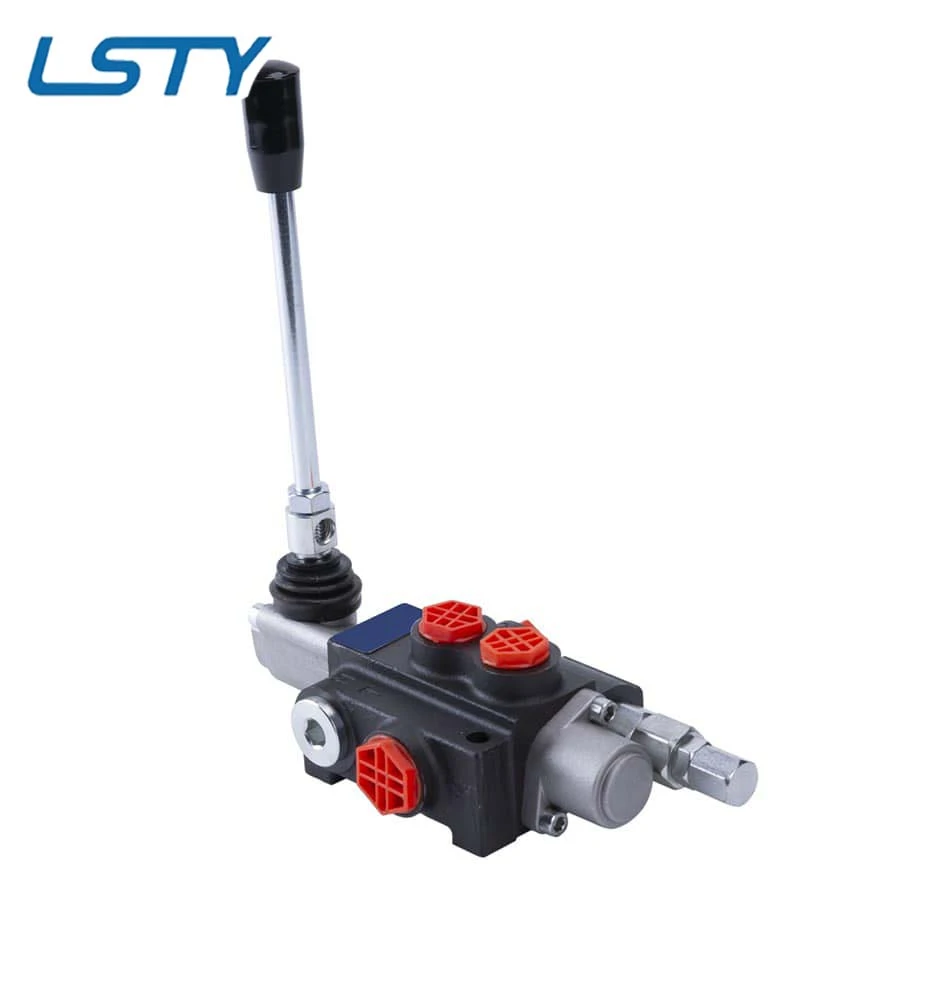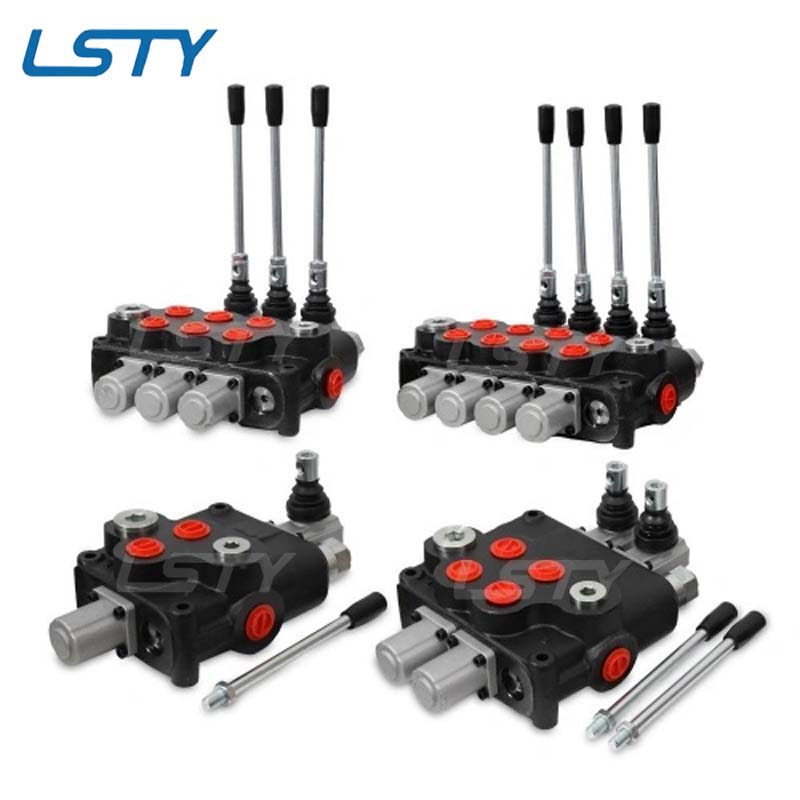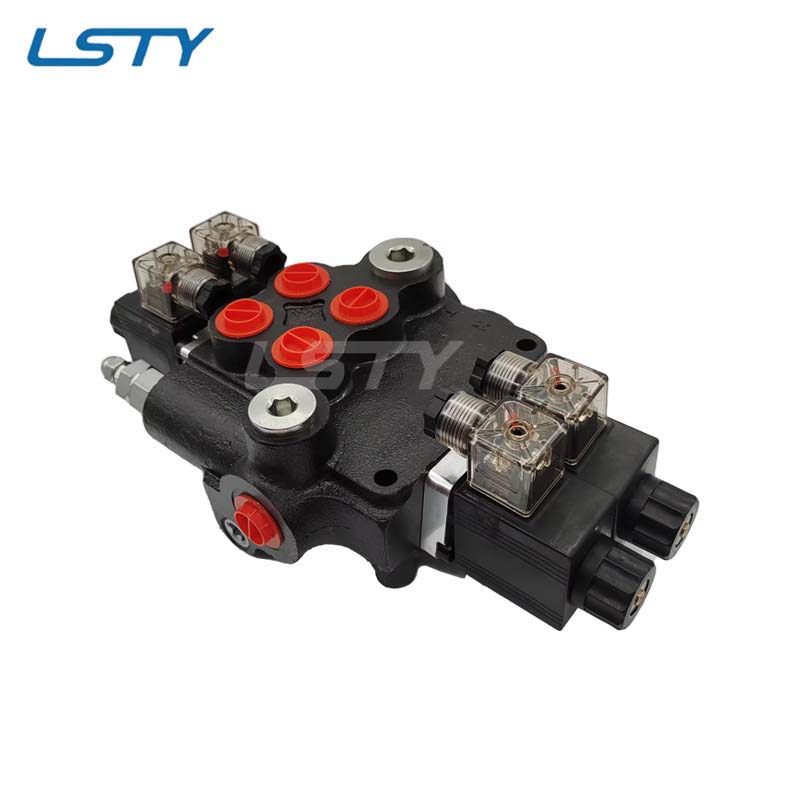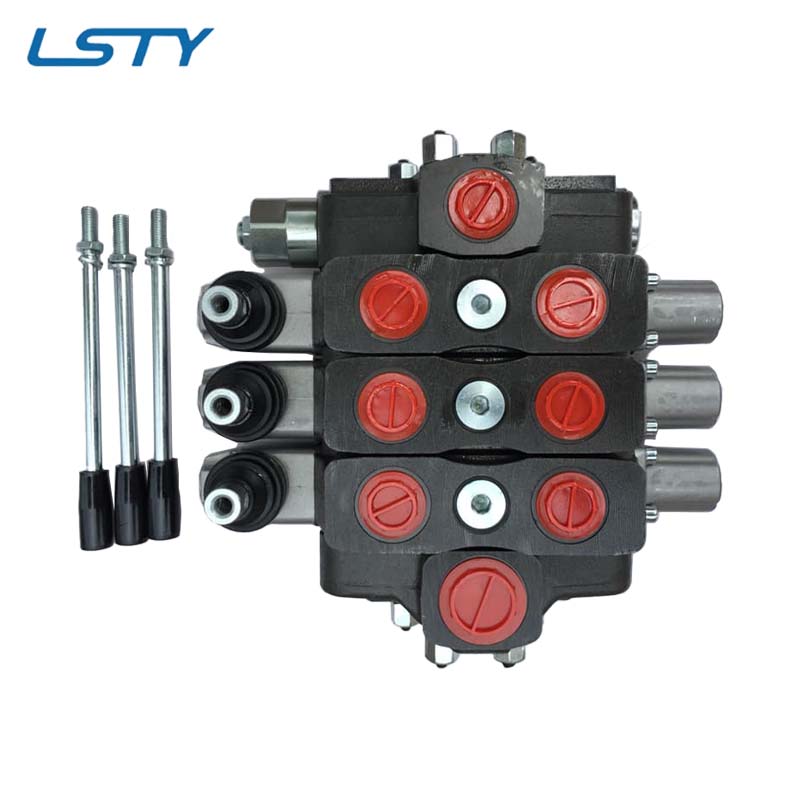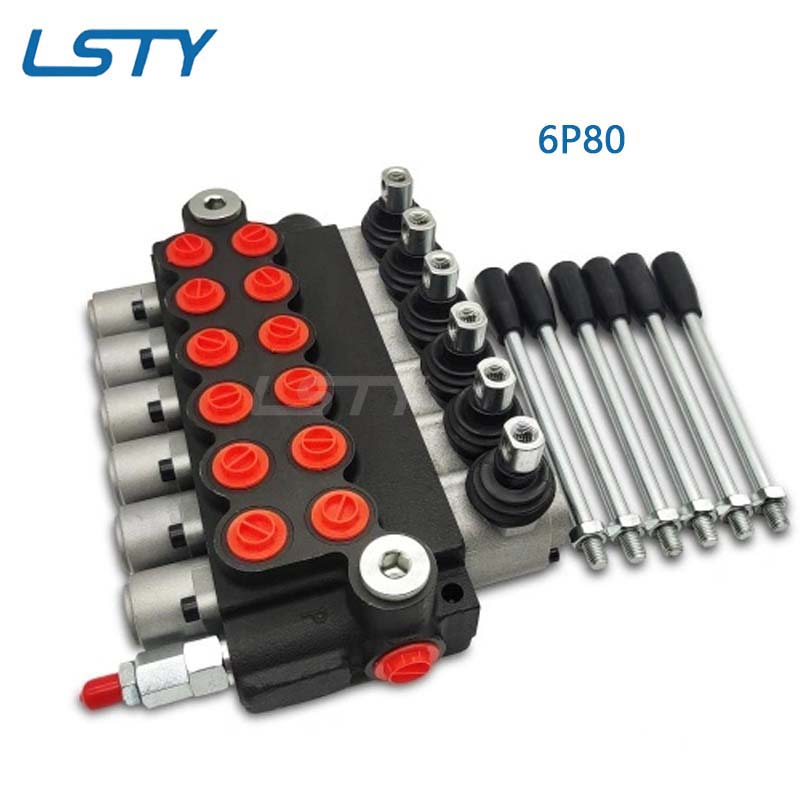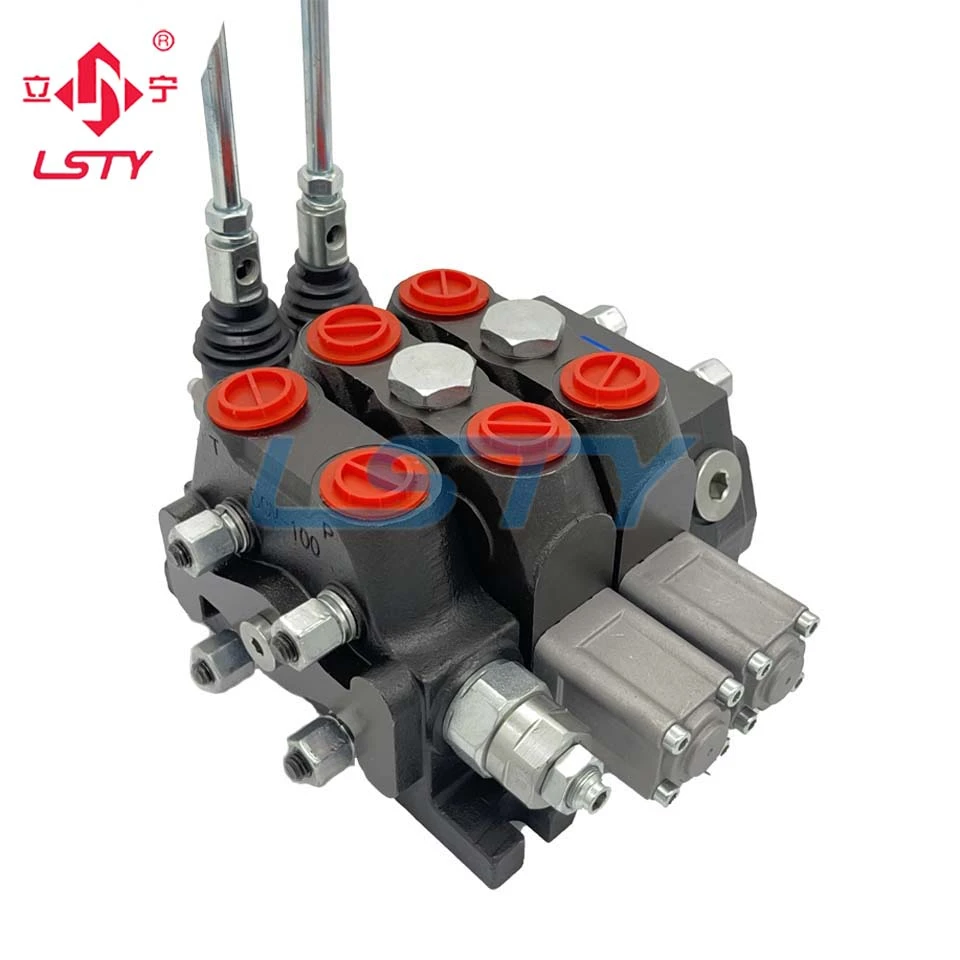A directional control valve (DCV) is a type of valve used in hydraulic and pneumatic systems to control the flow direction of a fluid within the system. It plays a vital role in directing the fluid to specific parts of the system, allowing it to control the movement of actuators, such as hydraulic cylinders or motors, and ensuring the proper operation of the machinery. The directional control valve typically has multiple ports and can be switched between different positions to either block, allow, or change the direction of fluid flow. These valves can be manually, electrically, or hydraulically operated, depending on the application. In industrial machinery, DCVs are essential for controlling the movement of parts or machines in specific directions, allowing for precise control of actions such as lifting, tilting, or rotating. The flow direction of hydraulic fluid is a critical component in controlling the functions of equipment, and the DCV enables operators to easily alter and regulate this flow. Directional control valves are used in various sectors, including manufacturing, construction, and automotive industries, where they help ensure smooth and efficient operation of machinery and equipment.
How Does a Directional Control Valve Work?
A directional control valve works by controlling the path through which fluid flows within a hydraulic or pneumatic system. The valve is designed with several ports and internal passages, which determine the flow of fluid to various components, such as hydraulic cylinders or motors. The valve can switch between different positions, either blocking the flow, allowing the fluid to pass in a specific direction, or changing the direction of fluid flow. In a typical setup, the valve has an inlet port, one or more outlet ports, and a return port for the fluid. The valve's internal spool or cartridge moves to different positions depending on the valve’s design, such as a 2-way, 3-way, or 4-way valve, to change the flow path. For example, in a 4-way valve, one position might send fluid to extend a hydraulic cylinder, while another position sends fluid to retract the cylinder. The operation of the valve can be controlled manually, electrically, or hydraulically, and this allows operators to precisely manage the movements of hydraulic machinery. By directing fluid flow to the appropriate areas, a directional control valve ensures that the hydraulic system operates safely and efficiently, delivering the desired motion or force in machinery.
What Are the Different Types of Directional Control Valves?
There are several types of directional control valves, each designed to meet the specific needs of different hydraulic or pneumatic systems. One common type is the 2-way valve, which has two ports and can either allow or block the flow of fluid. The 3-way valve, as the name suggests, has three ports and can control flow in one of two directions, commonly used to control the extend or retract movement of a cylinder. A more complex type is the 4-way valve, which is used to control double-acting cylinders. This valve has four ports and can direct fluid in two opposite directions, making it ideal for controlling movements such as extending and retracting hydraulic cylinders. Directional control valves are also classified based on the method of operation: manual valves, which are operated by hand; solenoid valves, which use electrical signals to control the spool; and pneumatic or hydraulic operated valves, which use pressure from the system to shift the valve’s position. The choice of valve type depends on the application’s requirements, including the type of actuation, the required flow rate, and the specific control needed for the system. Each type ensures that the fluid flows precisely where it’s needed for the system to function correctly.








